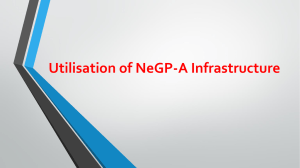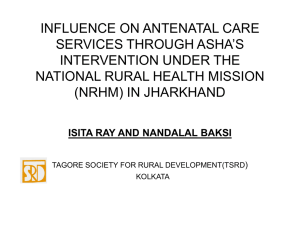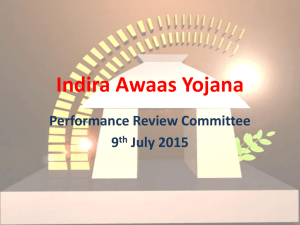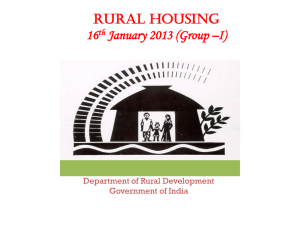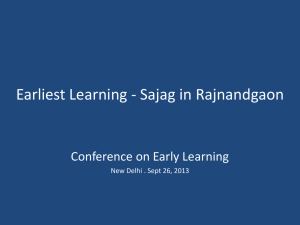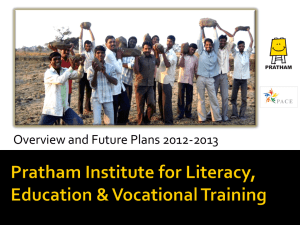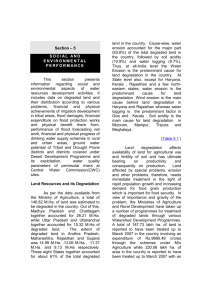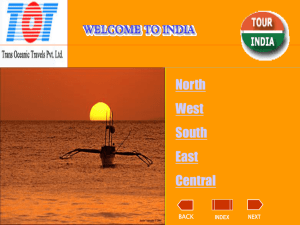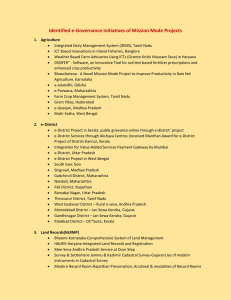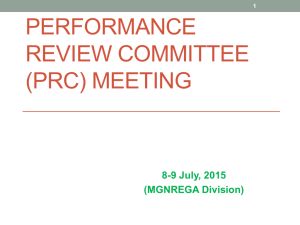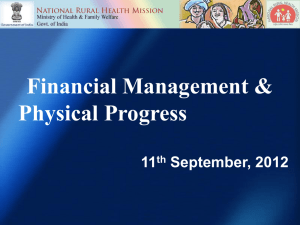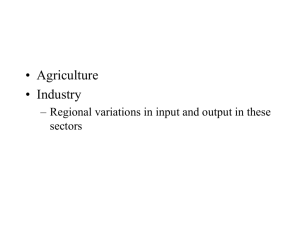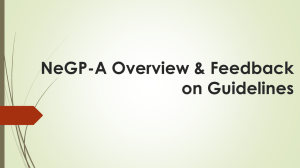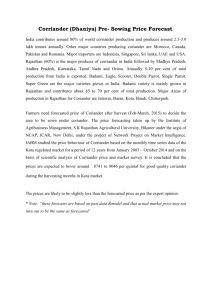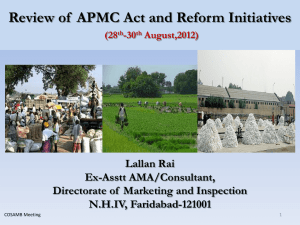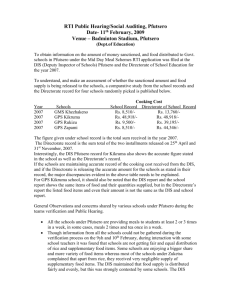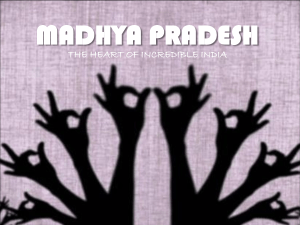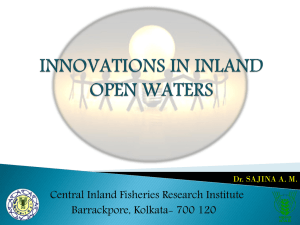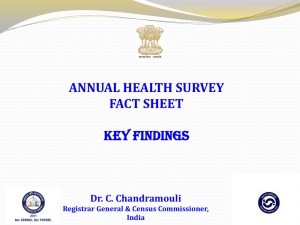Community Action under NRHM - Community Action for Health
advertisement
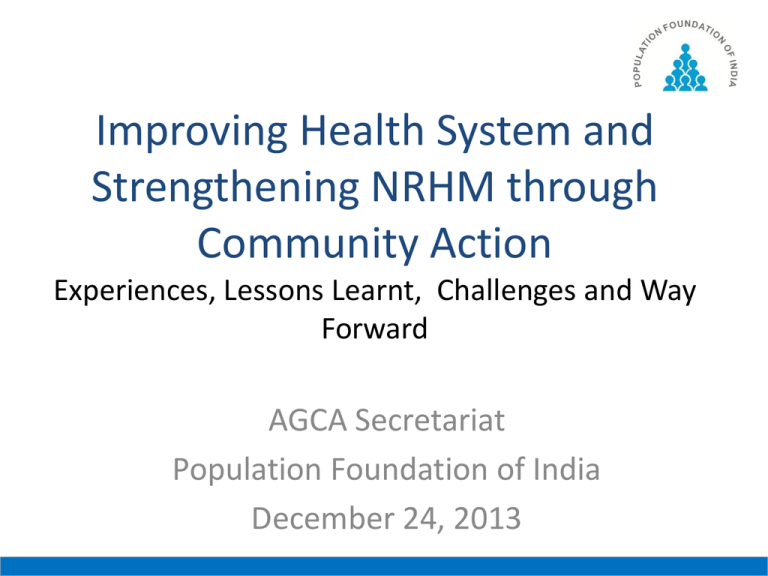
Improving Health System and Strengthening NRHM through Community Action Experiences, Lessons Learnt, Challenges and Way Forward AGCA Secretariat Population Foundation of India December 24, 2013 Outline 1. The accountability framework under NRHM 2. Community action under NRHM – process, experiences and gains 3. Challenges 4. Way forward – status of implementation in states Community Action in NRHM • Mechanisms to improve accountability and enable better delivery of services – Builds community awareness on health entitlements – Provides a platform for community feedback and dialogue with service providers – Initiates corrective action and planning with community engagement Leads to improved coverage and accessibility of health services In essence brings ‘public’ back into public health Accountability Framework under NRHM • A three pronged process: • • • community based monitoring, external surveys and routine program monitoring – Communitization of the health institutions • Prominent display of information on funds received, medicines in stock, health right entitlements – Public reports on Health at the State and district levels to report progress to the community Advisory Group on Community Action (AGCA) • Group of civil society experts constituted by the MOHFW in 2005 with Population Foundation of India (PFI) as the Secretariat • Mandate : – Advise on developing community partnership and ownership for the Mission – Provide feedback based on ground realities, to inform policy decisions – Develop new models of Community Action and recommend for further adoption to the national / state governments CAH - Immediate Outcomes Community Based Planning and Monitoring (CBPM) programme in Bihar - India First phase of Community Monitoring (2007-09) 9 States, 36 districts, 1620 villages • • • • • • • • • Assam Chhattisgarh Jharkhand Karnataka Madhya Pradesh Maharashtra Orissa Rajasthan Tamil Nadu Uttaranchal Uttar Pradesh Rajasthan Assam Nagaland Bihar Manipur Jharkhand Gujarat Madhya Pradesh W Bengal Chhattisgarh Orissa Maharashtra Andhra Pradesh Karnataka Tamil Nadu Process 1. Education and awareness : • Community awareness on health entitlements • Training of Village Health Sanitation and Nutrition Committees (VHSNC) and Rogi Kalyan Samities (RKS) members • Display of Citizen’s charter and service guarantees 2. Monitoring and information sharing • Collection of information and sharing of report cards, community experiences of health services • Multi stakeholder Monitoring and Planning Committees at PHC, Block and District levels 3. Public dialogue • Periodic public dialogue (Jan Samvad) - Engagement with providers based on community evidence Community action under NRHM experiences and gains Five Tangible benefits: 1. Construction work completed 2. Improvements in status of delivery of health services 3. Enhanced trust and improved interaction 4. Community based inputs in planning and action 5. Reduction in out of pocket expenditure 1. Construction of Sub-Centre completed Story of change - Maharashtra • In Jamshet village, Thane district, construction of a sub-center was incomplete for over two years • Village health committee members discussed the issue in a series of Gram Sabha meetings and in Block monitoring committee meetings • A large group of community members went to the sub-centre to ‘complete’ the construction through ‘Shramdaan’ • The sub-center building got completed and is fully functional 2. Performance of health services improves Rajasthan (Sep 2008-Oct 2009) District Alwar 40 36 District Chittorgarh 36 50 35 45 30 40 44 35 25 30 20 10 5 0 Number of Villages 15 24 25 20 9 16 15 8 10 0 5 5 1 1 0 0 First round Second Round First round District Jodhpur 30 Second Round District Udaipur 26 30 26 25 25 20 20 23 23 18 18 15 15 15 15 Poor Average 10 10 5 4 5 4 2 2 0 0 First round First round Second Round Second Round Good Key outcomes 3. Enhanced trust and improved interaction between provider and community – Improvement in service delivery - ANC, PNC, immunization, – Responsiveness of provider to community needs – Improved provider attitude and behavior 4. Community based inputs in planning and action – Active involvement of PRI members in planning and functioning of health facilities – Appropriate planning and utilization of untied funds at VHSC, PHC and CHC Key outcomes 5. Reduction in out of pocket expenditure – Reducing demands for informal payments – Ensuring timely and full payments of Janani Surksha Yojana – Significant reduction on outside prescription Key challenges • Capacity constraints to institutionalize and scale up community monitoring • Allocation of adequate resources • Mechanisms to address systemic gaps emerging from CBMP process and feeding into the planning process - vacancies/ posting, procurement and distribution of drugs and supplies, training of health functionaries • Institutionalizing minimum service guarantees, grievance redressal mechanisms Implementation status • Scaled up - Maharashtra, Tamil Nadu, Jharkhand, Chhattisgarh • Modified – Karnataka, Chhattisgarh • Re/Initiated – Odisha, Rajasthan, Assam and Bihar • In FY 2013-14, 15 States / UTs CAH component has been approved • AGCA has provided support to Assam, Jammu and Kashmir, Maharashtra, Madhya Pradesh and Uttar Pradesh in developing their state PIP Way forward – Role of AGCA Technical Support proposal approved by GOI National level • Revise CAH tools and share with states for adoption • Development of RKS guideline and training manual (in consultation with NHSRC and MoHFW) • Report on review of approaches/models on grievance redressal • Processes developed for selection of NGOs to support implementation of CAH Way forward – Role of AGCA State Level • Support constitution and orientation of State AGCAs • Development of state plans – visioning for scale up • Orientation of Nodal Officers and state institutions - SHRC, ARC, RRC, SIRD etc • Regular mentoring and review Thank You

